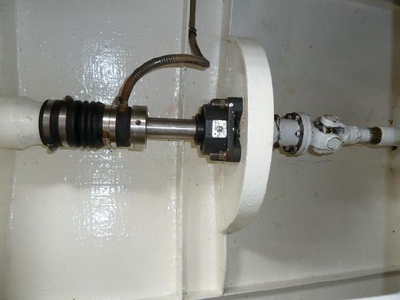sunchaser
Guru
- Joined
- Apr 9, 2008
- Messages
- 10,196
- Location
- usa
- Vessel Name
- sunchaser V
- Vessel Make
- DeFever 48 (sold)
Being offered for sale in the classifieds?
Beta has a pretty strong tier 3/4 line up of NA "light electronic" engines using proven blocks and transmissions. JD has largely abandoned that market. The last decade of emissions mandates has limited choices for those wanting simpler new marine engines in the 80 to 150 hp range.


